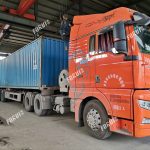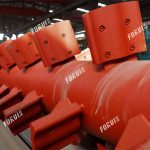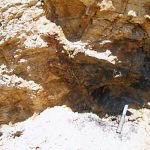Introduction
Ore washing can prevent the muddy material in the mud-containing mineral raw materials from blocking the crushing and screening equipment. If the raw materials contain soluble useful or harmful components, they should also be washed.
The difficulty of washing and removing the sludge from the ore is expressed by the washability of the ore, which is divided into hard-to-wash, medium-washable and easy-wash, mainly related to the nature, content and existence of clay in the ore. Ore washing can be carried out in a scrubbing machine, or in a screening and grading equipment.
Common Ore Washing Equipment
①Cylinder-shaped Ore Washing Machine

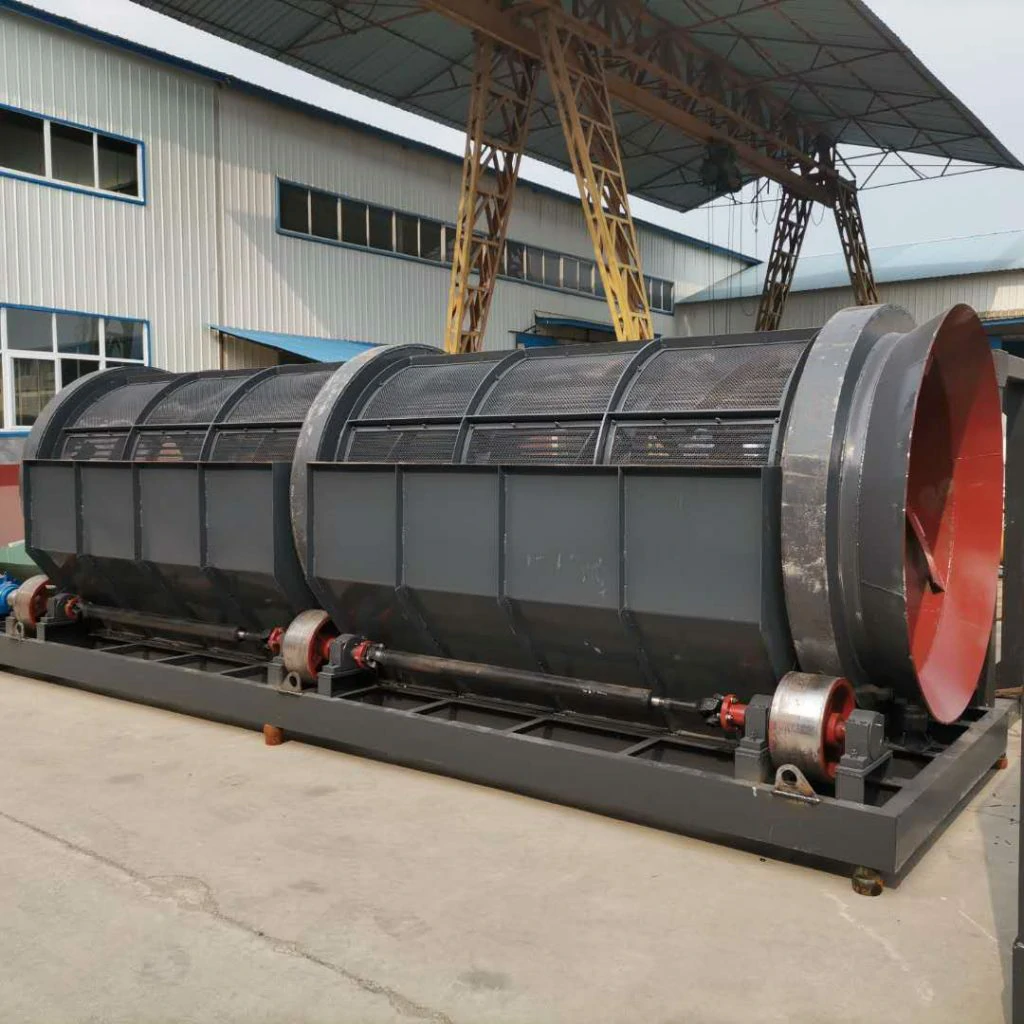
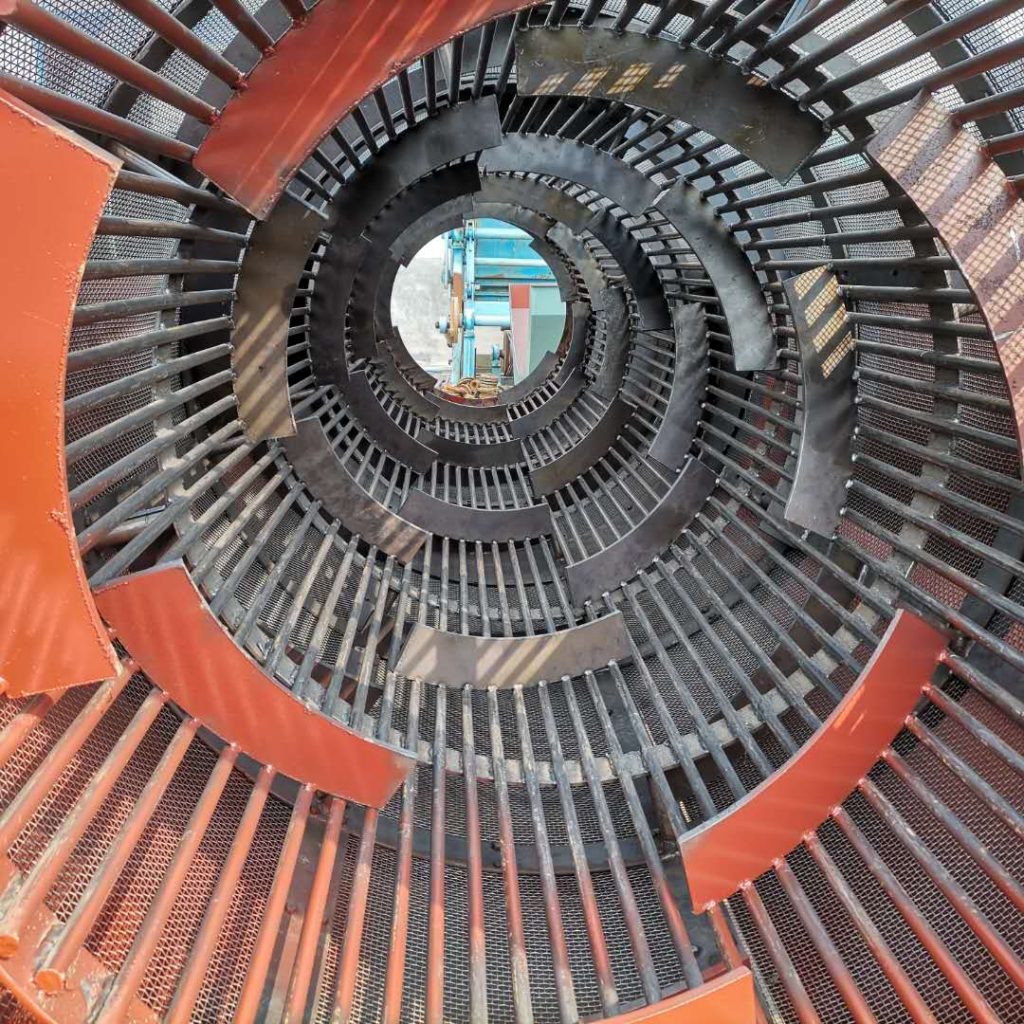
Including trommel screen and trommel scrubber. The rotating speed of the cylindrical screen is high, and the inner wall of the screen cylinder is equipped with a longitudinal lifting plate, an annular baffle and a high-pressure water spray device to improve the breaking capacity and is used for easy-washing ore.
②Trommel Scrubber
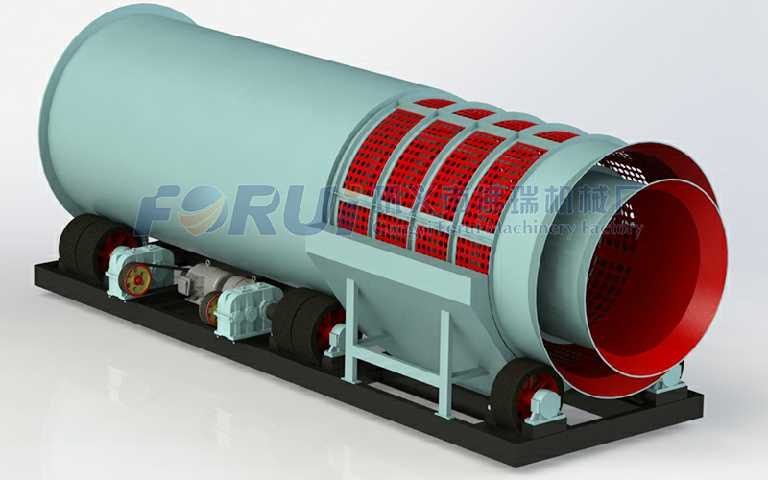


The cylinder is divided into two sections, the front section is non-porous, used for soaking and crushing the ore, and the rear section has holes for the separation of debris.
③Log Washer
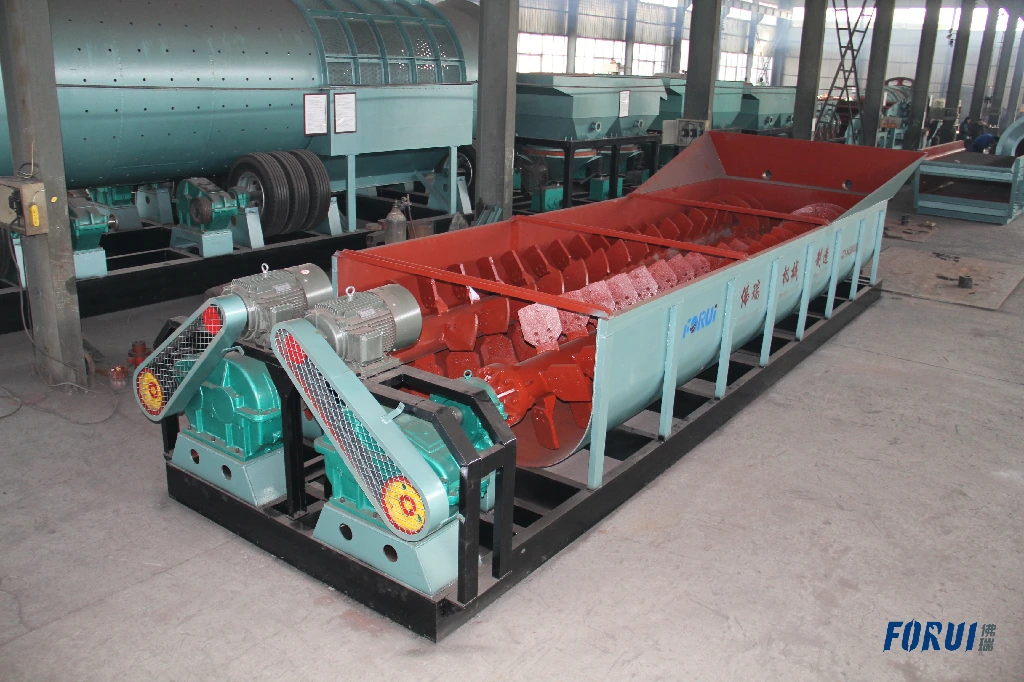
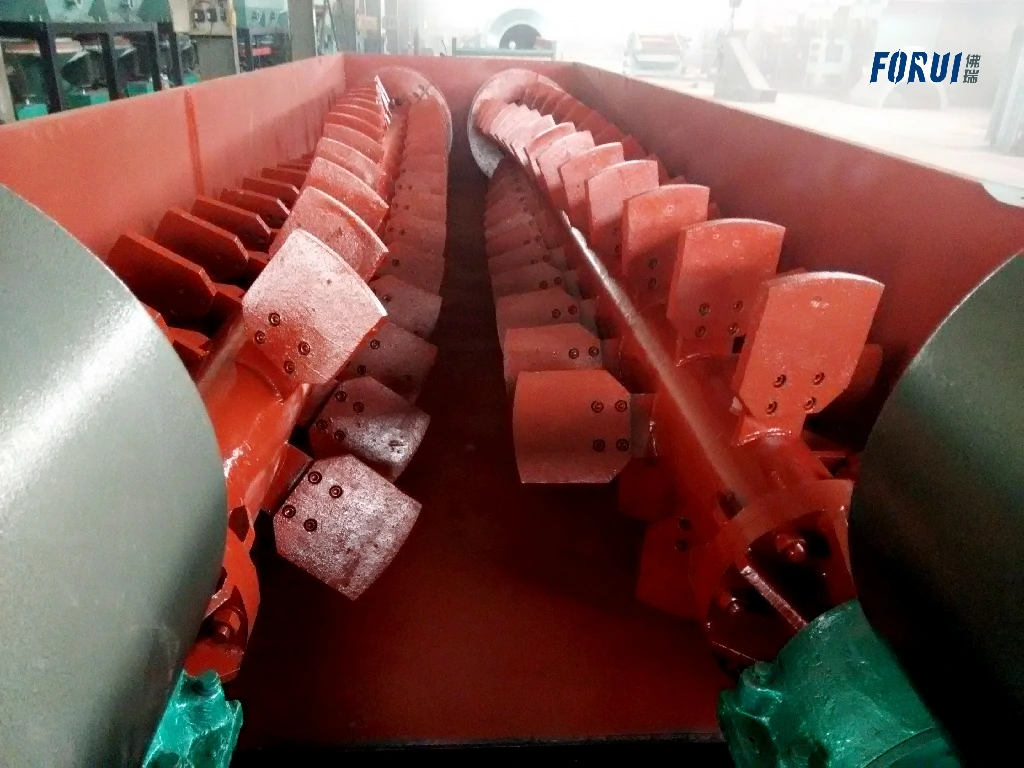
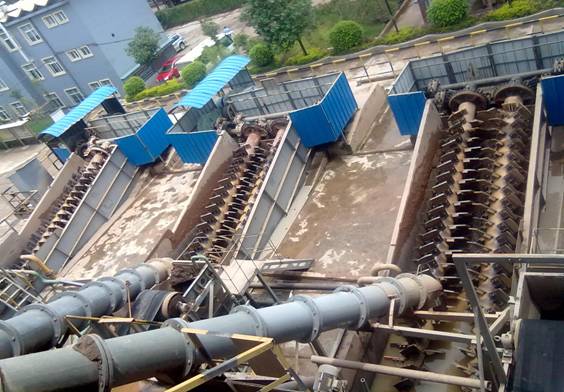
It is often used for difficult-to-wash ores and has a strong scrubbing effect. Pre-soak the ore, set high-pressure water spray during the washing process, apply vibration, add a small amount of medicament (such as 1% concentration of NaOH), etc., which can improve the washing efficiency. The washing efficiency has a great influence on the beneficiation.
④Water Power Ore Washing Screen
The ore washing method that uses water guns to wash on a fixed bar screen is used for easy-to-wash ore.
In addition, pay attention to the sludge left from ore washing. Sometimes these sludges also contain tailings of high grade. In view of the current mineral resource situation, they may have good extraction value.
Moreover, it may also contain other valuable components or minerals. For example, the sludge from iron ore washing may contain vanadium and titanium, which are very valuable. Therefore, necessary inspections must be carried out on the sludge obtained from ore washing.
Application

Ore washing consists of two operations: fragmentation and separation. The crushing operation is mainly to use the washing and soaking effects of water to swell and break the clay, and sometimes it is also supplemented by mechanical impact, stirring, and peeling to accelerate the crushing process.
The separation operation is mainly to separate the clay from the ore particles according to the different particle sizes. According to the particle size characteristics of the raw ore, the separation operation can adopt wet screening or hydraulic classification, or both.
Ore washing is used to process clay iron ore, manganese ore, apatite ore, and placer of gold, platinum, tin and tungsten. Ore washing is also used to process sand, gravel and ceramic materials for construction. When sorting some ores from hematite deposits and limonite deposits with serious slope or residual slope oxidation, the cemented clay can be discarded as the final tailings after washing because there are few iron-containing minerals. The lump ore can be used as the final product.
When processing clay, wash the clay to disperse the mixed materials (gravel, mica, etc.), then separate, concentrate, and filter to obtain high-quality clay. At this time, ore washing becomes the main beneficiation operation.
In China, ore washing is mostly set before beneficiation as a preparatory operation. When processing placer tin ore, the coarse-grained non-ore-free waste rock is separated by ore washing, and the fine-grained part is processed after desliming, which can reduce the amount of ore processing. Although the tungsten ore mined underground does not contain much mud, it often needs washing for the convenience of mineral processing.
For some metal ores with a lot of mud, the ore mud is separated from the ore lump by washing in advance, which can avoid blocking the crusher, screening equipment, and ore bin. For some ores, the selectability of the original ore mud and ore lump is very different. After washing the ore to separate the mud and sand and treat them separately, better sorting indexes can be obtained.
Ore Washing Process
The ore washing process, ore washing equipment and ore washing operation parameters, such as washing strength, washing efficiency, etc., must be determined according to the washability and operation requirements of the ore. The ore washing process can be divided into a process consisting of ordinary screening equipment and a process consisting of special ore washing equipment, and sometimes a combined process consisting of screening and ore washing equipment.
The former is usually combined with the crushing and screening process in the crushing workshop of the beneficiation plant. The screening equipment in the crushing process is also a washing machine, and no special equipment is required. This process has low investment and convenient operation, and is suitable for processing easy-to-wash ore with low mud content and low clay plasticity.
For the ore with a lot of mud, high clay plasticity, and agglomerates, it is necessary to adopt a process composed of special ore washing equipment, and to wash the clay twice or even three times to basically separate the clay from the ore. Easily washable ores generally use various screens and mechanical classifiers; for medium washable ores and difficult-to-wash ores, special washing machines are used. Such as washing screen, cylindrical washing machine, trough washing machine, combined washing machine, and tower washing machine and other washing equipment.
Function
- (1) Hematite and limonite containing more clay, if the cemented clay contains few iron minerals, the mud can be discarded as the final tailings after washing, and the grade of the lump ore obtained will be improved.
- (2) After washing the placer tin ore, coarse-grained non-ore-free waste rock can be separated, and the obtained fine-grained part will be deslimed and concentrated.
- (3) The ore needs to be hand-separation or photoelectric separation, and the ore mud stains the surface of the ore block, making it difficult to identify. At this time, the ore should be washed beforehand or photoelectric separation.
- (4) The ore contains a lot of mud, which often blocks the crusher, sieve, and the opening of the ore warehouse, which makes the production difficult to continue, so it can be treated with the washing method.
- (5) The primary sludge and ore nuggets of some ores are quite different in terms of selectability (such as floatability, magnetism, etc.). After washing the ore to separate the mud and sand and treat them separately, a better beneficiation index can be obtained.
If you need equipment quotation and process flow, please feel free to Contact Us

 Subscribe to my channel
Subscribe to my channel